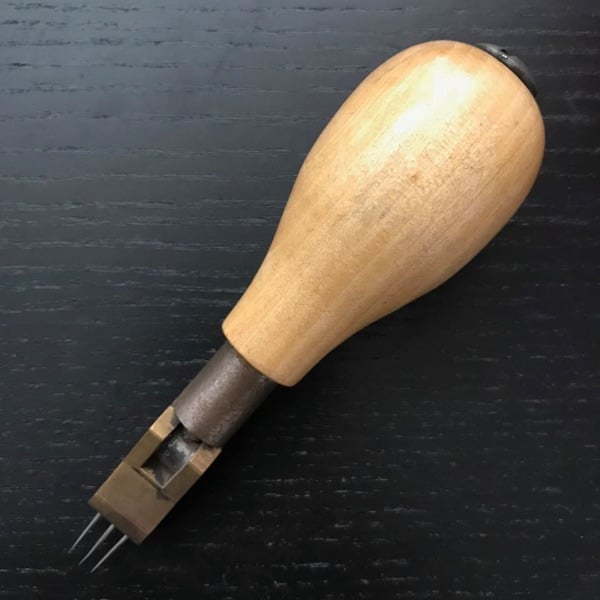You may have heard pianists talk about “voicing.” If you’ve been confused it’s certainly understandable, since the term actually has several entirely different meanings in piano playing. This lesson will clarify the different meanings of "voicing” as it relates to the piano.
Usually you’ll come across the term “voicing” in connection with piano chords. “Voicing” has several completely different meanings with regard to the piano.
Chord “spelling” vs. voicing
Once we know which notes are in a chord—called the “spelling” of a chord—we can distribute those notes in many different ways. These are called “voicings,” and they’re limited only by your imagination, the rules of harmony, and how far the hands can stretch. The actual notes of a chord may be given, but you can change the sound of the chord in several ways while retaining the harmony. Each voicing will give you a different sound and subtly different emotion.
Listen to the difference between this sound:

… and this:

Both are a C major triad in root position, meaning that the root of the chord, C, is the bass note, in other words, the bottom note. Yet in the second chord, the notes are far apart. The harmony is the same, yet the sound is very different.
“Voicing” in this sense deals with how close together or widely spaced the notes of a chord are, which note, if any, is doubled, and which note, if any, is omitted from the chord. It would be far too technical to delve into these details for this introductory lesson on the meaning of voicing. For now, it’s important to understand that once we have the notes of a chord, such as C–E–G for the C major triad, how we distribute those notes on the keyboard (or among different instruments if playing in an ensemble) is the first meaning of “voicing” at the piano.
I’ll give you a couple examples from actual pieces of music.
Notice the chords in the opening to this piano sonata by Beethoven, Op. 14, No. 1:

In this passage, the chords in the left hand are in close position.
The opening of Beethoven’s penultimate Piano Sonata, Op. 110, involves A-flat major and the dominant seventh of A-flat. What is unusual is the spacing of the chords. Beethoven leaves an entire octave and a half between the inner voices of the chord:

This is called open position. In a nutshell, if you could put another chord tone between any upper notes of a chord, that chord is in open position.
Dynamic balance within a chord
There is a second meaning of “voicing” as it relates to the piano. It also has to do with voicing chords, though in a completely different way. Once the exact notes and where to play them on the keyboard are given, the next question is how we play them. Do we play all the notes equally loud? Or maybe we want to highlight a particular note in the chord? The dynamic balance within a chord is the second meaning of “voicing.”

In the Beethoven sonata we just briefly heard, the four voices are not equally important. The most important voice is the melody, which is the soprano voice. The second most important voice is the bass, the lowest voice. The middle voices are of tertiary importance, so they should not be as loud as the outer voices.
We can voice this opening according to the relative importance of the voices. This means applying more pressure to the melody, somewhat less pressure to the bass line, and playing the inner voices the softest:
Voicing the piano
Your piano technician might mention “voicing” the instrument. This refers to something altogether different: making the hammers softer or harder to change the tone quality of the piano itself.
Softening hammers
Voicing a piano usually involves softening the hammers. There are two ways to do so.
The primary way to voice a piano involves uses a voicing tool consisting of a handle with voicing needles:

These needles prick the felts of the hammers to soften them.
The second way to soften hammers is to reshape them by shaving off some of the felt. As you play a piano and the hammers strike the strings over and over again, grooves form on the hammers. The hammers have been compacted and are particularly hard where the grooves form. This makes them louder. By shaving some felt, the hammers can regain their rounded shape where the grooves formed. Reshaping the hammers in this way needs to be done judiciously, since it permanently removes a bit of the felt.
Hardening hammers
The opposite is also possible, namely to harden hammers. This is done by using a special lacquer. Many technicians prefer avoiding lacquer wherever possible since it can significantly change the tone quality. It’s not really possible to undo this change in sound. Even using a voicing needle to soften the hammers again does not tend to result in the same quality of sound, so lacquer is generally best reserved for special circumstances.
Conclusion
In this lesson you’ve learned three entirely different meanings for the term “voicing” in piano playing: how far apart you play the notes of a chord, the dynamic balance of notes within a chord, and softening or hardening the hammers to change the sound quality of your piano.
Start Your NEW Piano Journey
Sign up below and each week for the next year, I'll send you a professional 3- to 5-minute lesson sharing exclusive playing and practice techniques used by concert artists worldwide.
Each lesson has been carefully crafted to meet the needs of players ranging from beginners to the late intermediate level.
We will never sell your information, for any reason.

